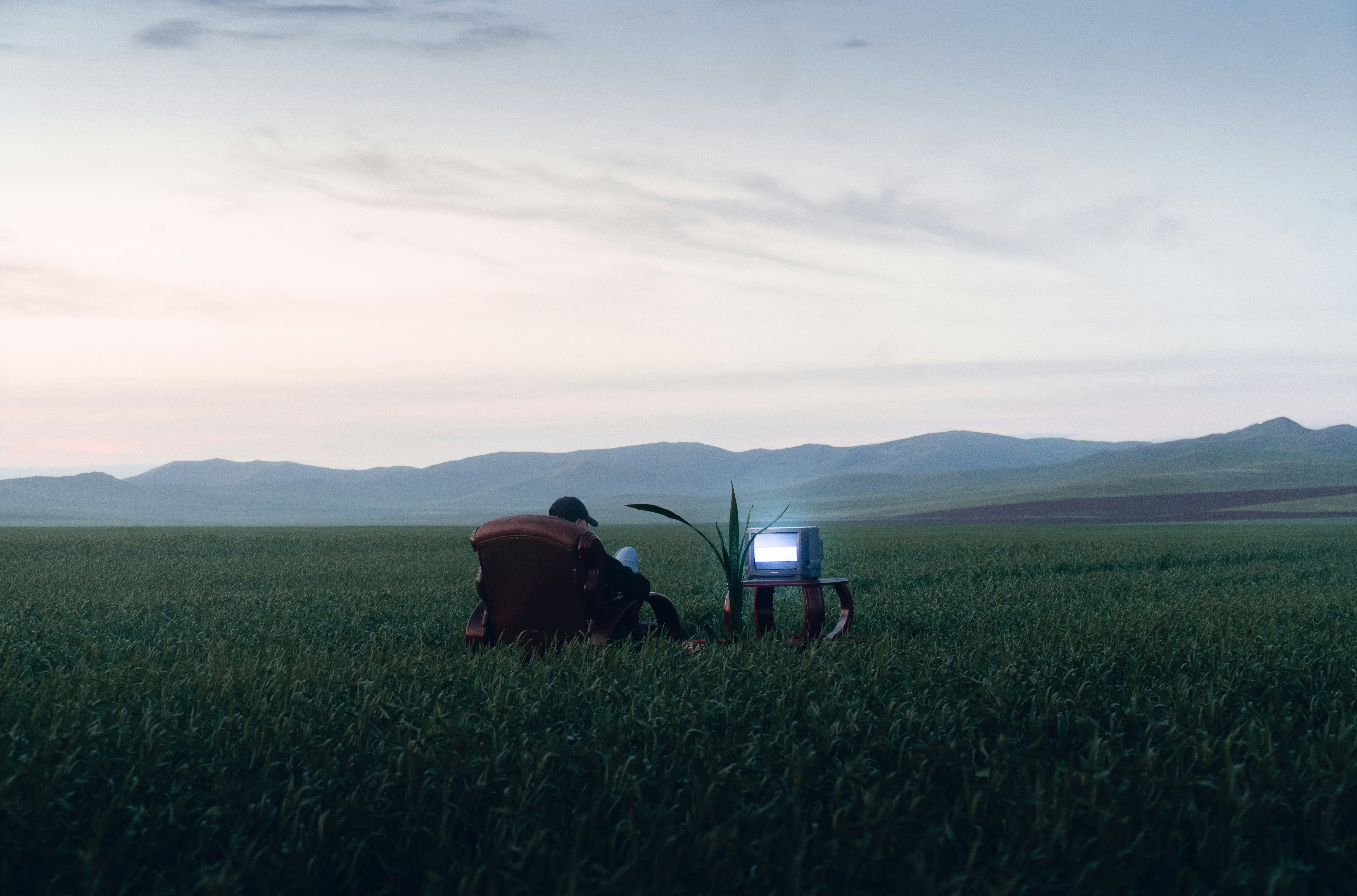Chickens define a new epoch!
Jan 9, 2025
Where do “we” belong?
Human activities and related unprecedented environmental and ecological changes have predominantly shaped the new epoch.
Scientifically, we consider ourselves part of the Holocene, which started around 11,700 years ago. This was marked when the Earth began to get warmer again after the last Ice Age, which marked the end of the Pleistocene. Although the discussion of geological epochs could have ended here, Nobel Prize-winning geologist Paul Crutzen and ecologist Eugene F Stoermer had different ideas. They coined the term. “Anthropocene”. This suggests that we live in a new geological epoch, in which human activities and related unprecedented environmental and ecological changes have predominantly shaped.
When did this begin?
Geologists are still debating when the Anthropocene began. Some argue that it started around 12,000 years ago with the domestication of animals and the rise of agriculture. But there is a much more poetic explanation to all of this. The Anthropocene began with another “Big Bang” of 1952, specifically November 1st, 1952, when the first Hydrogen Bombs were tested. But the jury is still out on that.
Pesticide residue, microplastics in the soil and the oceans, and chicken bones are some of the unique markers that firmly define the beginning and existence of the Anthropocene.
An international team of almost 40 scientists who call themselves the Anthropocene Working Group (AWG) have been tasked by the official guardians of the geological timescale to research and find markers and places on Earth that show clear indications of the beginning of this epoch. Finding the start of the Anthropocene is vital as it will help us map the impacts of humans in this world and thus help us prepare action to repair the damage. Pesticide residue, microplastics in the soil and the oceans, and chicken bones are some of the unique markers that firmly define the beginning and existence of the Anthropocene.
Did you say “Chicken Bones”?!
Multiple studies and papers throughout the last few decades have suggested Chicken Bones as a significant marker of the Anthropocene. Most specifically, broiler chicken bones, with their production booming after the Second World War. According to Leicester University’s Colin Waters, “Chickens are now far and away the biggest population of birds on the planet. Around 60 billion chickens are slaughtered annually worldwide, which will grow from here onwards. Carys Bennett from the University of Leicester says, “ We think they are a really important symbol and potential future fossil of this age, and humankind’s impact on the planet.”
The modern boiler chicken, genetically modified for consumption, is unrecognisable from its wild ancestor, the red jungle fowl. Although domesticated around 7000–8000 years ago, around the 20th century, they underwent massive changes due to intensive farming techniques. In comparison to chickens from 1957, modern chickens are four to five times heavier.
How will chickens become markers of an epoch?
Chicken carcasses are thrown into landfills. These come from our home wastes, wastes from restaurants, processing plants, and farms. And the oxygen-free conditions further turn them into mummified organic matter. Due to their diet and other drugs, these new chickens radically differ from chickens during Roman times. They have a super-sized skeleton, distinct bone chemistry, and reduced biodiversity in the varieties of their species.
This modern chicken results from human consumption and intervention in the natural order and evolution parameters.
The Pink Chicken Project: A Speculative Critical Design Project
The Pink Chicken Project is a stimulating and demanding project that falls at the crossroads of artistic expression, scientific inquiry, and ecological consciousness, meant to focus on the issue of environmental pollution as an all-encompassing concern. This project was essentially conceived by two designers and bioengineers, who based their very idea on the genetic alteration of chickens to grow pink feathers as a symbol of humanity’s footprint on the environment, particularly the ecological footprint and what our behaviours could mean for future ecosystems.
This means the biological engineering of chickens to create a genetically modified pink colour in the feathers of that chicken trait is passed down to future generations. Thus, a particular colour will be reproduced. These days, chickens are one of the most numerous types of birds on Earth, with billions raised each year around the globe for meat. For an eternity, they will pad the fossil record, forever marking the “Anthropocene,” the geological period characterised by significant and overarching human influence on the earth’s geology and associated life. The initiative expects that after the genetic modification of chickens for bright pink plumage, in the future, there will be archaeologists and other species who will face these pink fossils and hence reflect on the environmental changes brought about by humans.
Are there any other markers?
Geological epochs span over millions of years, so by that calculation, we have just started. However, there are weak signals that denote other future markers of our current epoch. There have been critical design projects around plastic being mined in the future, resulting from plastics and microplastic deposits collecting and becoming part of the Earth’s strata. Pesticides and more medicinal compounds become a part of the natural soil. Can even digital artefacts become a marker of the epoch, too? And does the marker only limit itself to physical existence, or can it be virtual and comprised of ‘0 s’ and ‘1 s’?






